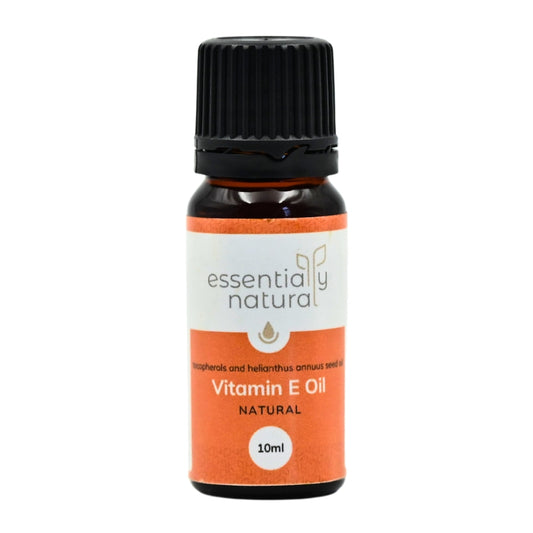
DIY Gel Creams
Juliette van der MeerGel creams seem to be all the rage right now and for good reason: they are wonderfully lightweight, non-greasy, good-for-the-skin gel-like creams. What's not to love!
Making Your Own Gel Cream
There are various ways to make a gel cream from scratch, many of which employ a gelling agent which also has emulsifying properties. Unfortunately we don't have easy access to these fancy gelling agents in South Africa so we must find another way to overcome this. Let's take a deeper look.
Gel creams, by their nature, have characteristics of both gels and creams. Gels are made by combining a gelling agent such as a gum or HEC with water, and creams are emulsions using oil, water and an emulsifier. So how can we combine the two?
The answer lies in the common denominator, water. By replacing the water component in the emulsion with gel, we are still getting all our water in, just in gel form. You end up with a light and non-greasy gel-like cream that is perfect for face or body. Gel creams are my go-to when making a lightweight facial moisturiser or day cream.
The Gel Part
If you are new to gels, please read Fun With Plant Based Gels for info and instructions on how to make up your gel. There are various gels to choose from but the two that are preferable for gel creams are xanthan gum and/or hydroxyethyl cellulose (HEC).
- An HEC based gel cream gives an exceptionally lightweight, barely-there skin feel. It is non-greasy and ultra quick absorbing.
- A xanthan gum based gel cream gives a very moisturising skin feel due to the xanthan gum, but at the same time it also makes a fast absorbing cream. Xanthan gel creams have great spreadability so a little goes quite a long way.
I prefer to make up the gels beforehand, and then use ready-made gel in the formula.
Tip: if you want to jazz up your gels for additional skin benefits you can replace some or all of the water component with a hydrosol or botanical infusion.
The Perks Of Gel
The great thing about using a gel in an emulsion is that gels, by their nature, act as stabilisers and thickeners so you never have to worry about separation in your emulsion, or using an extra thickener.
Below is a basic gel cream recipe which uses only the very key components necessary - just four ingredients. Feel free to customise it by choosing your favourite oil(s), making the gel out of botanical infusions or even a hydrosol, or adding in essential oils or other 'extras'. I don't find it necessary to use vegetable glycerine in these formulas, as there is glycerine in the gels already.


















4 comments
Hi Barabara, these are basic recipes so you can customise them to suit your needs. For example you can decide which oils go into your oil phase, and you can add water soluble actives to the water phase instead of just using plain water.
For oils try things like squalane, vitamin E, prickly pear seed oil, etc. And for the water phase you can use aloe vera gel, hydrosols, or botanical infusions, and then also add in things like niacinamide, hyaluronic acid, etc. Havae a look in the ‘Actives & Specialised Ingredients’ category under the Ingredients tab for ideas
What other ingredient could i add to this gel cream to moisturise skin and add extra benefits?
Hi Petra, yes you can add niacinamide to anything that has water, as it is water soluble. You would follow the usage instructions on the product page for niacinamide :)
Hi there,
Could I use “Essentially Natural Niacinamide” in a “Gel Cream”; and if so, where in the process would I add this? Also what would the percentage be that I would add?
Much appreciated!